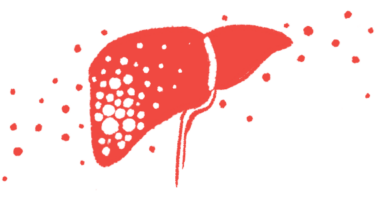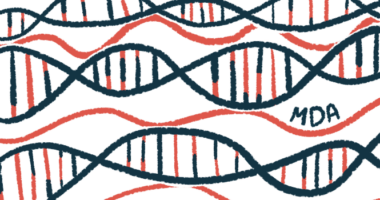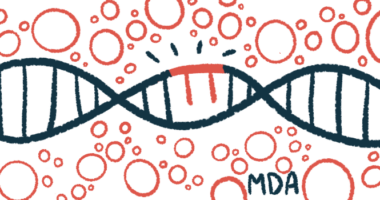Newborn Screening Allows Timely SMA Treatment of Baby in Japan
More than 10,000 newborns screened in first year of program

In the first year of a newborn screening program for spinal muscular atrophy (SMA) in Japan, more than 10,000 babies were screened and one tested positive for the disease, according to a new study.
The baby with SMA was able to receive the gene therapy Zolgensma (onasemnogene abeparvovec-xioi) before developing any symptoms, and is so far experiencing motor development typical for babies without SMA.
The study, “Newborn screening for spinal muscular atrophy in Japan: One year of experience,” was published in Molecular Genetics and Metabolism Reports.
Over the past six years, three disease-modifying treatments for SMA have become widely available: Biogen’s Spinraza (nusinersen), Novartis’ Zolgensma, and Roche’s Evrysdi (risdiplam).
These therapies can substantially slow disease progression, but are less effective at reversing damage that has already occurred. As such, initiating treatment as early as possible — ideally before symptom onset — is an important goal in SMA care.
In service of this, newborn screening programs have been launched in countries around the world, testing newborns for SMA within the first few days of life.
Now, researchers have reported the experience from the first year of an ongoing SMA newborn screening program in a region of Japan called Kumamoto Prefecture.
The program is specifically looking for babies lacking a specific region, called exon 7, in both copies of the SMN1 gene — the disease-causing genetic alteration found in 96% of SMA patients.
From February 2021 to the following January, 13,587 newborns were tested for SMA, representing 96% of all births in Kumamoto Prefecture. One baby, a boy, tested positive for SMA.
The boy’s blood sample was collected on the fifth day after birth, and he underwent physical examination and confirmatory genetic testing by 2 weeks of age, with results obtained a few days later.
Genetic testing also suggested that the boy would likely develop SMA type 2, a less severe form of the disease, due to the presence of three copies of the ‘backup’ SMN2 gene. More copies of this gene are generally associated with less severe SMA.
At 42 days after birth, the child was treated with Zolgensma’s single dose, which is approved for patients up to age 2 in Japan, the U.S., and other countries. At the time, the boy did not show any overt symptoms of SMA. By 11 months of age, he had normal motor development and was able to stand unassisted.
“We started an NBS [newborn screening program] for SMA in Japan, and identified one patient likely to develop SMA; he was administered with gene therapy prior to the onset of symptoms,” the researchers wrote.
“Currently, no newborns who were screened as negative in this NBS study have SMA or SMA-related symptoms,” they added.
The team also stressed a need for continual efforts to facilitate early diagnosis and treatment for SMA.
Given that, in Japan, it takes 10–14 days from Zolgensma’s order placement to delivery — a period in which symptoms may develop — “administration of [Spinraza] prior to [Zolgensma] may be considered as the standard treatment in countries such as Japan where acquiring [Zolgensma] takes time,” the researchers wrote.









